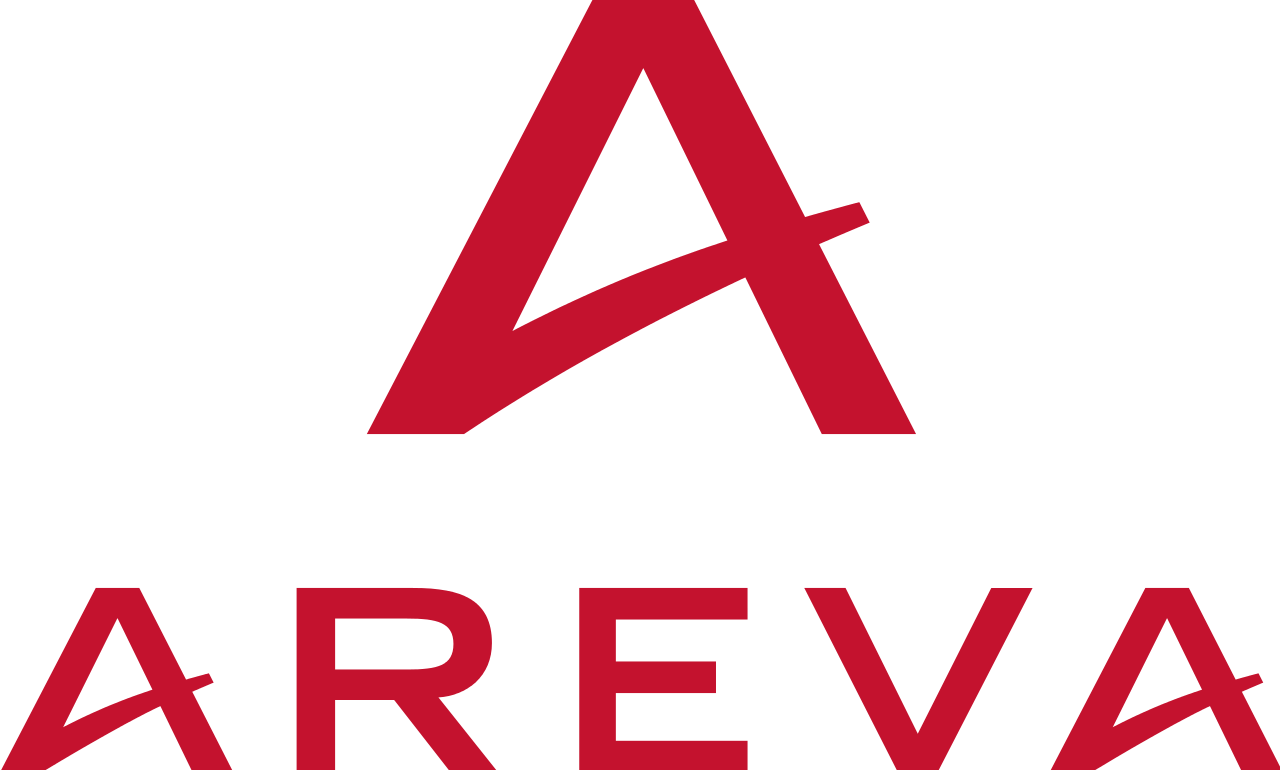Since 2001, the group has enabled the "Musée national des arts asiatiques Guimet" to acquire collector’s pieces and helped it to broaden its reach in France and abroad.
In 2001, AREVA funded the acquisition of a Japanese painting representing the monk Zen Ikkyu Sojun, a person of considerable influence in Japan.
In 2002, when the Musée National des Arts Asiatiques Guimet inaugurated the teahouse in the Buddhist Pantheon (museum annex), AREVA supported the project by contributing to the rebuilding of the lighting systems.
In 2003, the group made possible the acquisition of a northern Chinese work dating from the 6th century, the Vairocana Cosmic Buddha.
In 2004 and 2005, the years of the France-China exchanges, AREVA participated in an exchange of statues between the Musée Guimet and the Shanghai Museum: Camondo’s elephant (a bronze wine vessel) went to China, while a wine vessel in the shape of a buffalo (“Zun”) was shown in Paris.
To facilitate wide scale public access to culture, AREVA is also participating in the development of educational programs at the Musée National des Arts Asiatiques Guimet for underprivileged children and families.
9/25/2006
Learn more
AREVA and the "Musée national des arts asiatiques Guimet"
AREVA and the "Musée national des arts asiatiques Guimet"
